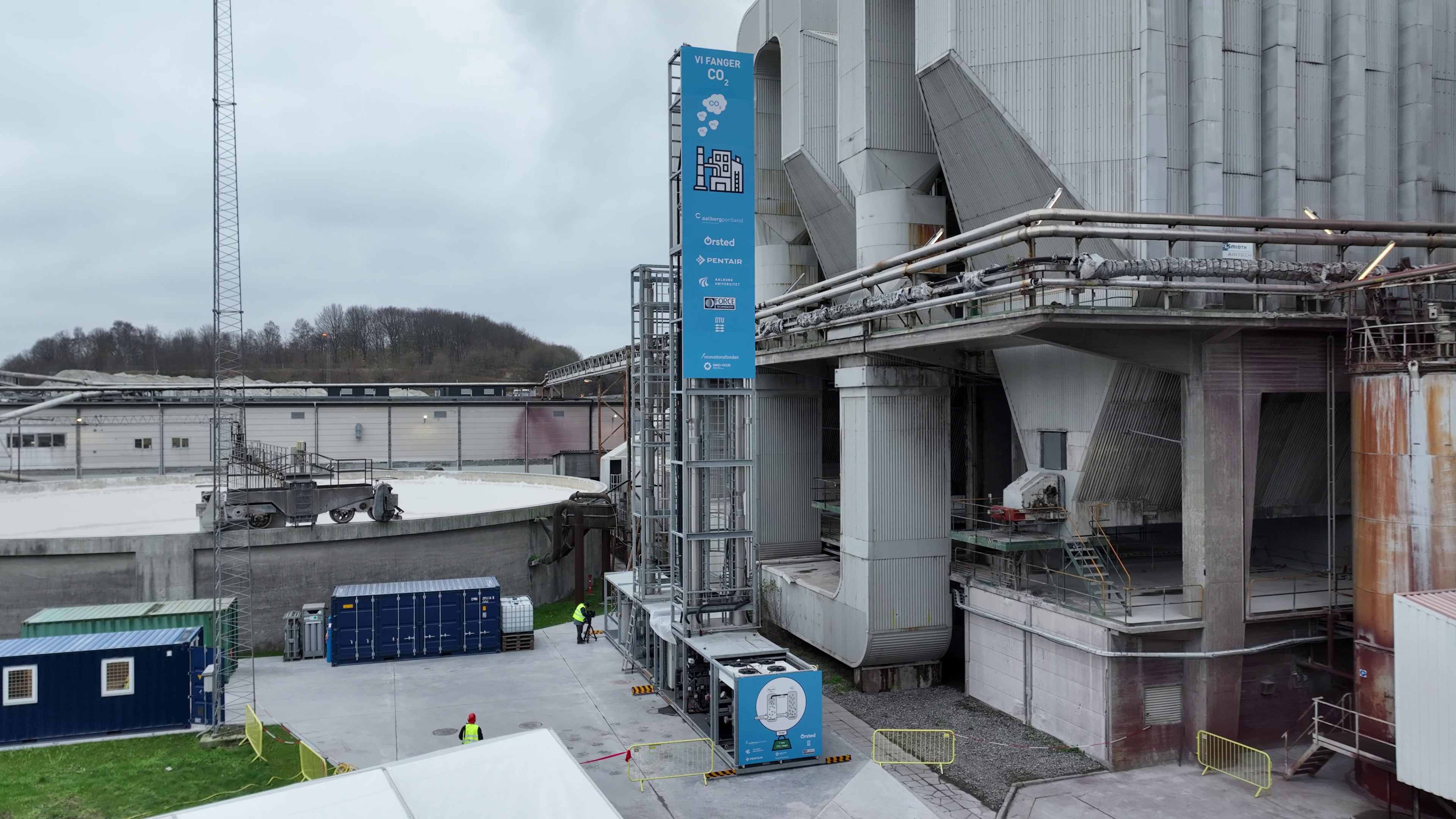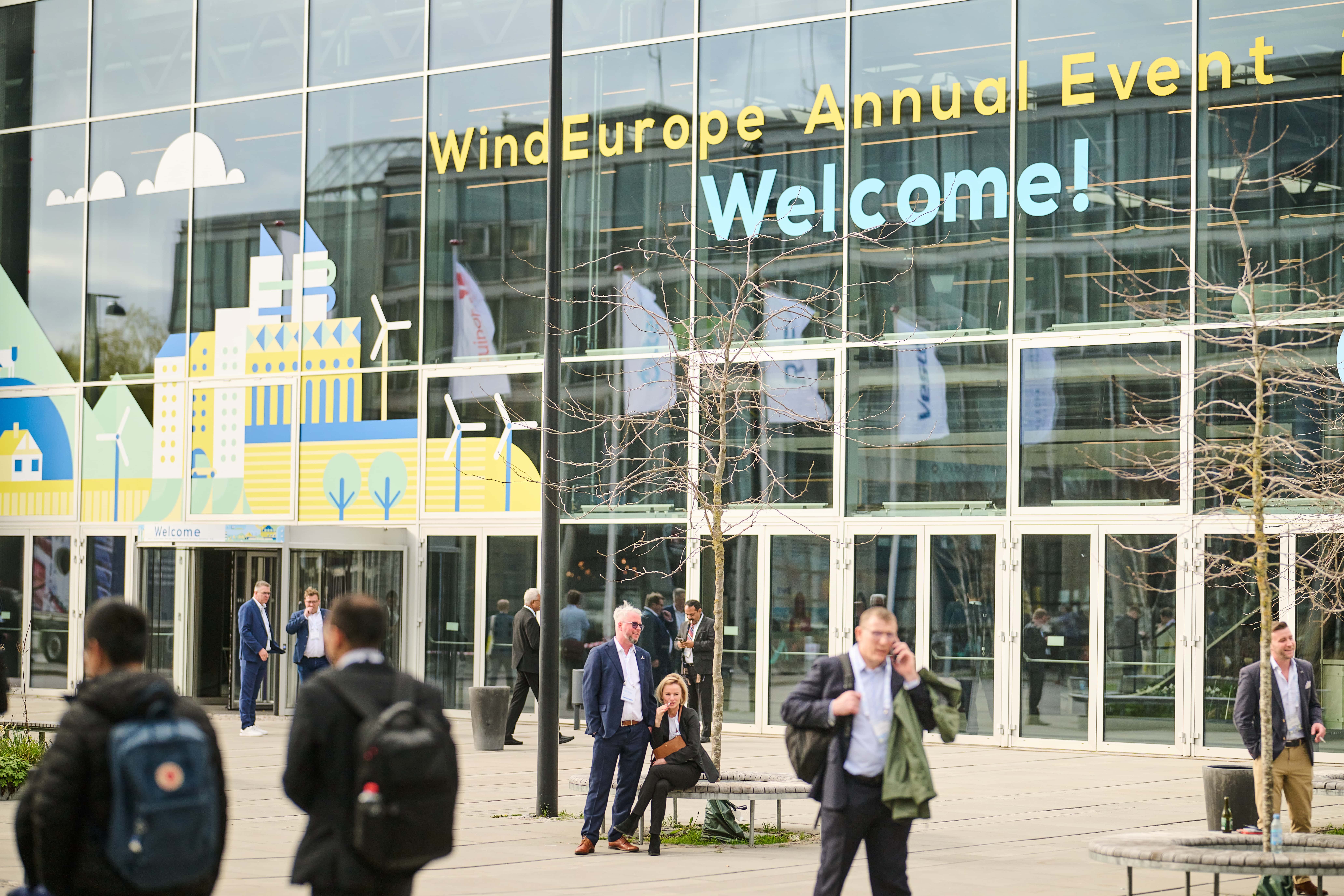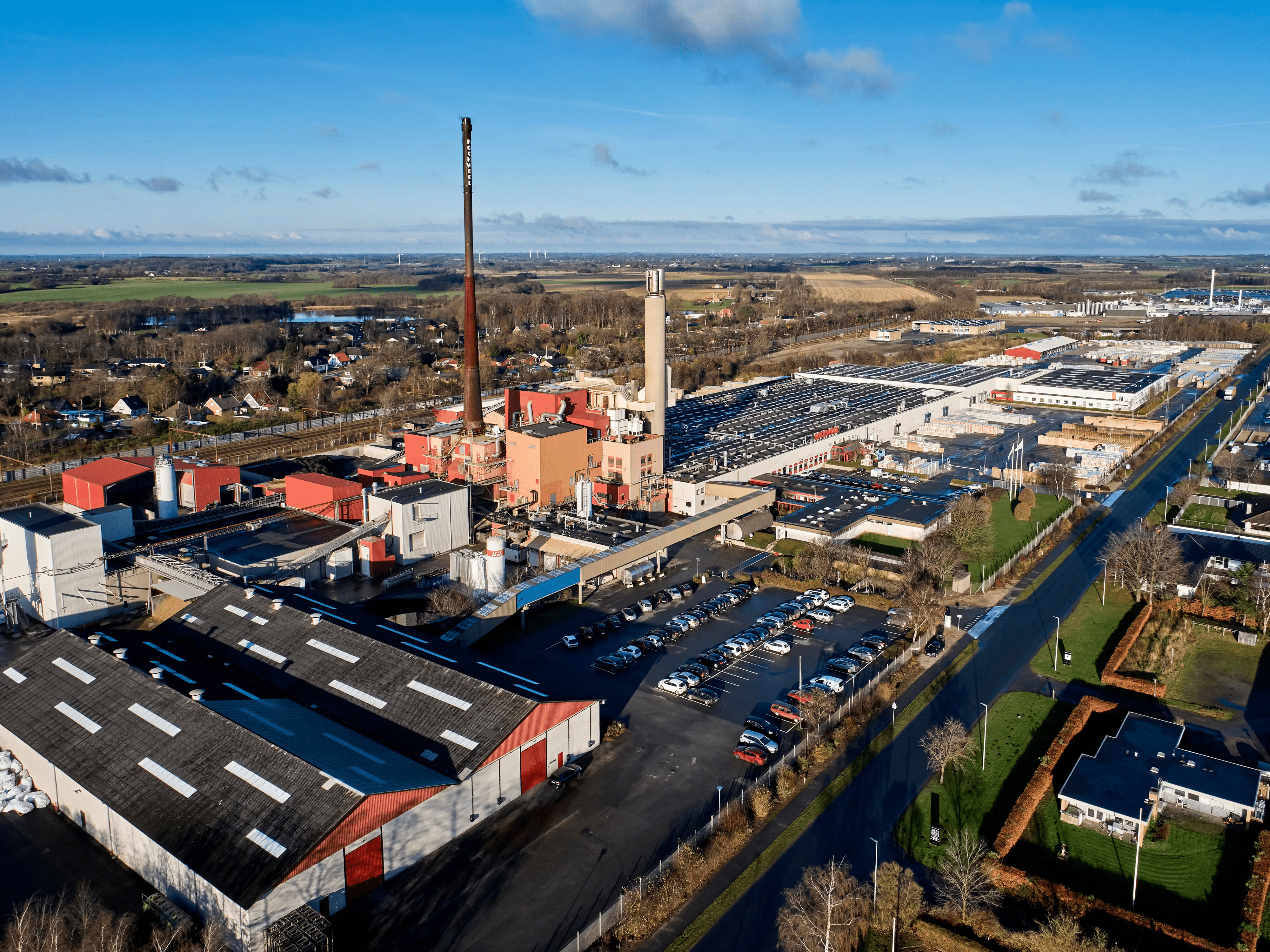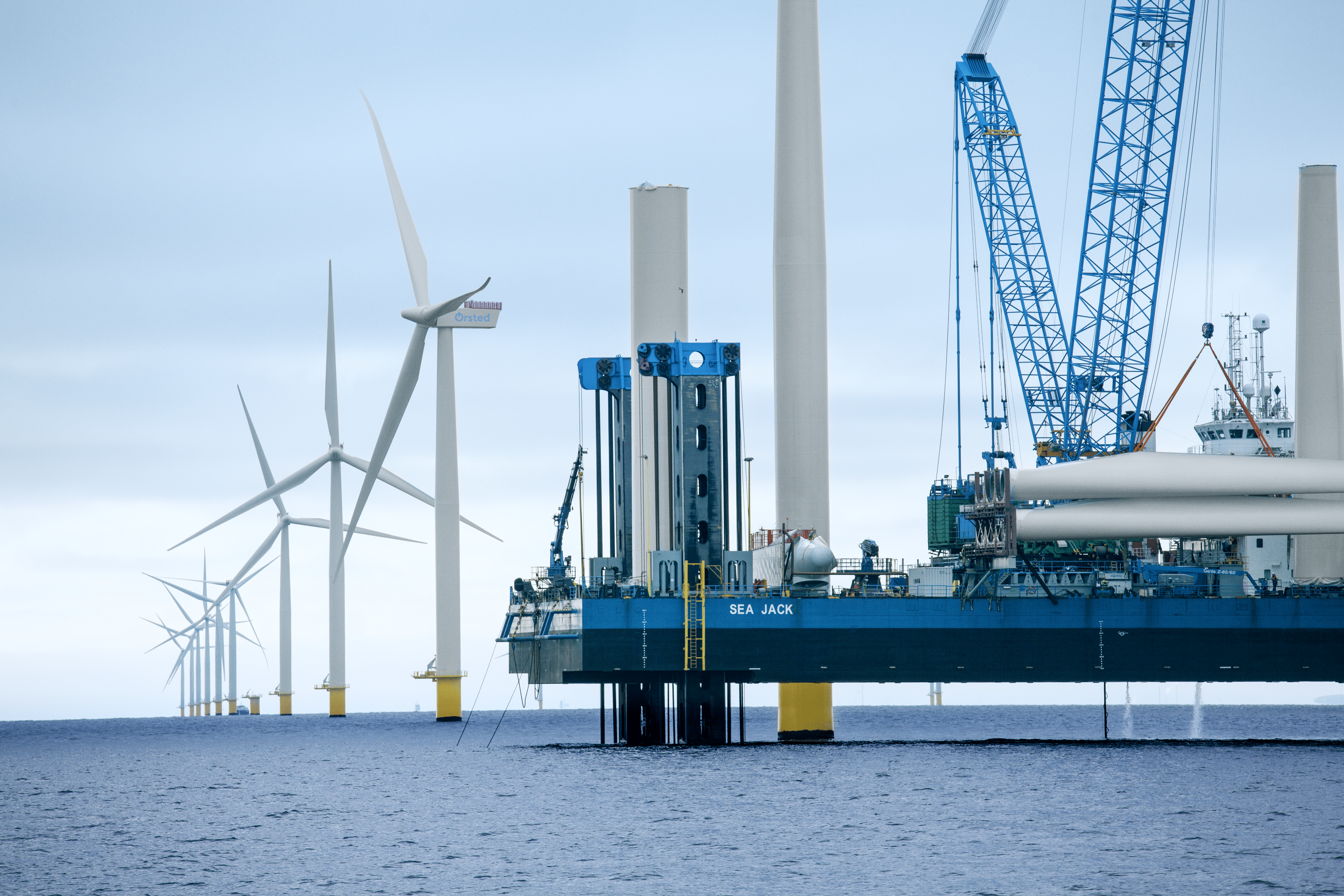News
Energy efficiency in industry
Offshore wind
Onshore wind
+2
The growing US offshore wind industry opens new opportunities for Shoreline Wind’s simulation platform


Intelligent insight and reduced costs are driving factors for US Offshore Wind
As the new US government has initiated first steps towards a green energy agenda, the US offshore industry is currently experiencing a great growth of wind energy projects. The production and logistics of offshore wind technology involve a high level of complexity, as projects have to take many facets into account such as weather conditions, vessel logistics, ports, equipment transportation etc.
For Shoreline Wind CCO, Michael Bjerrum, the ability to model and simulate all aspects of offshore wind construction and operation & maintenance is a determining factor for their group of developers, OEMs (original equipment manufacturer), vessel operators and contractors with activities in the USA:
"Both for our current and upcoming projects based in the USA, the key is to be a step ahead by continuously optimising. Our software has been used to mainly simulate and improve the logistics and planning of offshore wind farms, but we see a clear US tendency into using our agent-based simulation solution for quickly gaining useful data and information for multiple business scenarios".
Shoreline Wind’s products for design simulation and execution optimisation assist in managing the full cycle, from initial designing stages to providing an overview of resource availability and logistics – All by bringing data intelligently together. Even though, the company has its daily operations in Norway & Denmark, the technology is global and has collaborated on projects in EMEA, APAC & Americas with a user portfolio consisting of international enterprises including Siemens Gamesa, Vestas Offshore Wind, Equinor, Shell, Orsted, GE Renewable Energy and many more.
For Shoreline Wind users, a key benefit is to ensure resource optimisation and to harness the power of one collaborative platform for all their operations on individual wind farms. This will also be key in an expansion of large and complex wind projects in the USA:
"For our users, it is highly important to scale and operate with a comfortable gut-feeling. There has to be a clear alignment and communication between everything from project engineers to on-site technicians, which will be heavily dependent on the used digital platform. This will also apply to US offshore wind projects, as misinformation can easily lead to an insufficient level in production and resource utilization. To quickly provide successful business scenarios with a focus on reducing cost and resources allocated, will be key for the US wind industry"
Complex US wind project scenarios requires business case certainty and technology
With the emergence of floating wind as a viable alternative to bottom fixed wind turbines as well as challenging feeder-based installation concepts in the US, wind projects require tools with more detailed and accurate analysis to understand new complex scenarios.
This leaves great pressure on project planners and analysts for carrying out sustainable business case scenarios that can optimise costs while ensuring maximized revenue.
Therefore, it’s important to drive estimation and planning through intelligent software and advanced digital infrastructure.
“As the US offshore market is rapidly growing, the digitalisation has to follow. Our core market in the North Sea is currently in a transition to implement new technologies such as AI and simulation, for continuously developing new wind farm projects, optimising resource utilization, and planning day-to-day field service tasks. They do this to stay competitive – It is no longer an option to manage data input in outdated management systems”.
This is especially where a technology such as Shoreline Wind provides financial and operational validity.
“Well time is money, as seconds of downtime can have high financial impact. But with a technology such as Shoreline Wind provides, one can bring all data together and start predicting the effect of changes and thereby start mitigating the effect of issues such as downtime, vessel limitations, or adverse weather conditions. As the tool significantly increases the number of what-if analyses that you can do simultaneously, offshore wind project development becomes much more accurate, efficient, faster and profitable”.
You should consider reading
solutions
Carbon capture, storage and utilisation
+6
CORT: Improving the efficiency of carbon capture technologies
30 April 2024News
Energy efficiency in industry
+4















